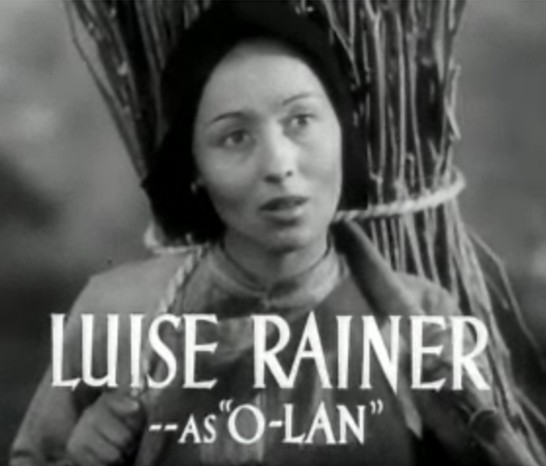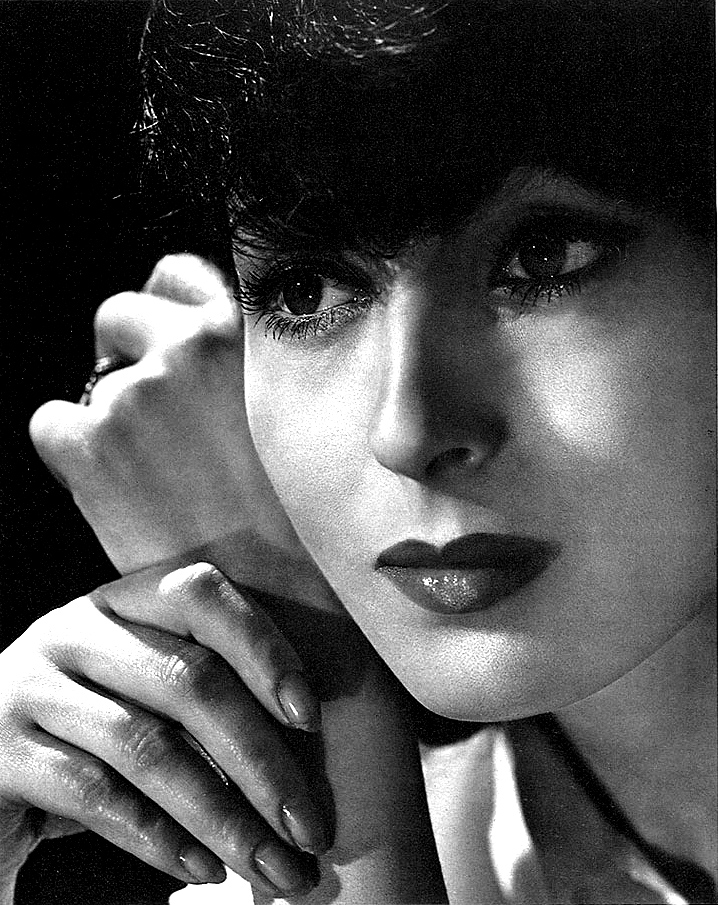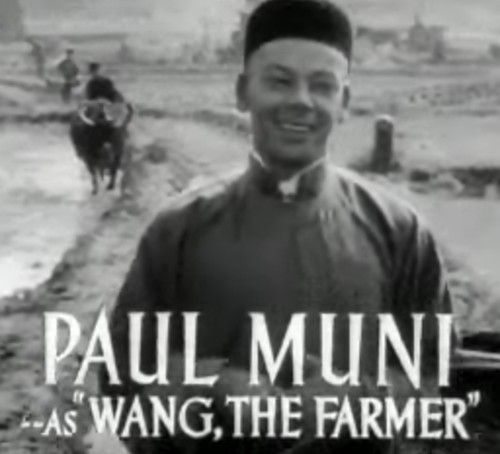|
Portrayal Of East Asians In Hollywood
Portrayals of East Asians in American film and theatre has been a subject of controversy. These portrayals have frequently reflected an ethnocentric perception of East Asians rather than realistic and authentic depictions of East Asian cultures, colors, customs, and behaviors. Yellowface, a form of theatrical makeup used by European-American performers to represent an East Asian person (similar to the practice of blackface used to represent African-American characters), continues to be used in film and theater. In the 21st century alone, ''Grindhouse'' (in a trailer parody of the Fu Manchu serials), ''Balls of Fury'', ''I Now Pronounce You Chuck and Larry'', '' Crank: High Voltage'', and ''Cloud Atlas'' all feature yellowface or non-East Asian actors as East Asian caricatures. Early East Asian American film actors Sessue Hayakawa The Japanese actor Sessue Hayakawa began appearing in films around 1914. [...More Info...] [...Related Items...] OR: [Wikipedia] [Google] [Baidu] |
Ethnocentric
Ethnocentrism in social science and anthropology—as well as in colloquial English discourse—means to apply one's own culture or ethnicity as a frame of reference to judge other cultures, practices, behaviors, beliefs, and people, instead of using the standards of the particular culture involved. Since this judgment is often negative, some people also use the term to refer to the belief that one's culture is superior to, or more correct or normal than, all others—especially regarding the distinctions that define each ethnicity's cultural identity, such as language, behavior, customs, and religion. In common usage, it can also simply mean any culturally biased judgment. For example, ethnocentrism can be seen in the common portrayals of the Global South and the Global North. Ethnocentrism is sometimes related to racism, stereotyping, discrimination, or xenophobia. However, the term "ethnocentrism" does not necessarily involve a negative view of the others' race or indicate a ... [...More Info...] [...Related Items...] OR: [Wikipedia] [Google] [Baidu] |
Anti-Japanese Sentiment In The United States
Anti-Japanese sentiment in the United States has existed since the late 19th century, especially during the Yellow Peril, which had also extended to other Asian immigrants. Anti-Japanese sentiment in the United States would peak during World War II, when they were belligerents in the Pacific War theater. After the war, the rise of Japan as a major economic power, which was seen as a widespread economic threat to the United States and also led to a renewal of anti-Japanese sentiment, known as Japan bashing. Origins In the United States, anti-Japanese sentiment had its beginnings well before World War II. Racial prejudice against Asian immigrants began building soon after Chinese workers started arriving in the country in the mid-19th century, and set the tone for the resistance Japanese would face in the decades to come. Although Chinese were heavily recruited in the mining and railroad industries initially, whites in Western states and territories came to view the immigrants a ... [...More Info...] [...Related Items...] OR: [Wikipedia] [Google] [Baidu] |
Philip Ahn
Philip Ahn (born Pillip Ahn (), March 29, 1905 – February 28, 1978) was an American actor and activist of Korean descent. With over 180 film and television credits between 1935 and 1978, he was one of the most recognizable and prolific Asian-American character actors of his time. He is widely regarded as the first Korean American film actor in Hollywood. The son of Korean independence activist Ahn Changho, Ahn was a longtime advocate for his father's legacy and the Korean-American community, helping to establish memorials to his father in his native Seoul and later arranging for his remains to be buried there. Early life and education Ahn was born in the Highland Park neighborhood of Los Angeles, California on March 29, 1905. His given name Philip was an Anglicized version of the Korean name Pil Lip (). His parents, Ahn Changho (도산 안창호) and Yi Hyeryon (이혜련), were both Korean emigrants who had moved to the United States in 1902, making him the first Ameri ... [...More Info...] [...Related Items...] OR: [Wikipedia] [Google] [Baidu] |
Boris Karloff
William Henry Pratt (23 November 1887 – 2 February 1969), better known by his stage name Boris Karloff (), was an English actor. His portrayal of Frankenstein's monster in the horror film ''Frankenstein'' (1931) (his 82nd film) established him as a horror icon, and he reprised the role for the sequels ''Bride of Frankenstein'' (1935) and ''Son of Frankenstein'' (1939). He also appeared as Imhotep in ''The Mummy'' (1932), and voiced the Grinch in, as well as narrating, the animated television special of Dr. Seuss' ''How the Grinch Stole Christmas!'' (1966), which won him a Grammy Award. Aside from his numerous film roles (174 films), Karloff acted in many live stage plays and appeared on dozens of radio and television programs as well. For his contribution to film and television, Karloff was awarded two stars on the Hollywood Walk of Fame on 8 February 1960. Early life Karloff was born William Henry Pratt on 23 November 1887, [...More Info...] [...Related Items...] OR: [Wikipedia] [Google] [Baidu] |
Phantom Of Chinatown
''Phantom of Chinatown'' is a 1940 American mystery film directed by Phil Rosen starring Keye Luke. This is the last of the Mr. Wong films and the only one to star Luke in the role originated by Boris Karloff. Plot After participating in an extensive archaeological expedition in the Mongolian desert, Dr. John Benton is in San Francisco to hold a presentation of the findings to his colleagues. The film material shows how the archaeological team discovered the long sought ancient tomb of an Emperor of the Ming dynasty. In the tomb, the team found a scroll, telling of a secret Temple of Eternal Fire. The temple is believed to be hiding a previously unknown oil reserve, and would be of great financial importance to the Chinese people were it to be discovered. During the expedition, when the tomb was opened, a forceful hurricane took the life of Mason, the co-pilot. The storm was predicted by an ancient curse guarding the tomb. Unfortunately, as Benton is about to reveal the content ... [...More Info...] [...Related Items...] OR: [Wikipedia] [Google] [Baidu] |
Green Hornet
The Green Hornet is a superhero created in 1936 by George W. Trendle and Fran Striker, with input from radio director James Jewell. Since his 1930s radio debut, the character has appeared in numerous serialized dramas in a wide variety of media. The Green Hornet appeared in film serials in the 1940s, ''The Green Hornet'' television series in the 1960s (which costarred Bruce Lee in his first major adult role), multiple comic book series from the 1940s on, and a feature film in 2011. The franchise is owned by Green Hornet, Inc., which licenses the property across a wide variety of media that includes comics, films, TV shows, radio and books. As of the 2010s, the comic-book rights are licensed to Dynamite Entertainment. History Though various incarnations sometimes change details, in most versions the Green Hornet is the alter ego of Britt Reid (), wealthy young publisher of the ''Daily Sentinel'' newspaper by day. But by night, clad in a long green overcoat, gloves, green fedora ... [...More Info...] [...Related Items...] OR: [Wikipedia] [Google] [Baidu] |
Kato (The Green Hornet)
Kato, name=, group= is a fictional character from ''The Green Hornet'' franchise. This character has appeared with the Green Hornet in radio, film, television, book and comic book versions. Kato was the Hornet's assistant and has been played by a number of actors. On radio, Kato was initially played by Raymond Hayashi, then Roland Parker who had the role for most of the run, and in the later years Mickey Tolan and Paul Carnegie. Keye Luke took the role in the movie serials, and in the television series, he was portrayed by Bruce Lee. Jay Chou played Kato in the 2011 Green Hornet film. Character history Kato was Britt Reid's valet, who doubled as The Green Hornet's masked driver and partner to help him in his vigilante adventures, disguised as the activities of a racketeer and his chauffeur/bodyguard/enforcer. According to the storyline, years before the events depicted in the series, Britt Reid had saved Kato's life while traveling in the Far East. Depending on the version of t ... [...More Info...] [...Related Items...] OR: [Wikipedia] [Google] [Baidu] |
Charlie Chan
Charlie Chan is a fictional Honolulu police detective created by author Earl Derr Biggers for a series of mystery novels. Biggers loosely based Chan on Hawaiian detective Chang Apana. The benevolent and heroic Chan was conceived as an alternative to Yellow Peril stereotypes and villains like Fu Manchu. Many stories feature Chan traveling the world beyond Hawaii as he investigates mysteries and solves crimes. Chan first appeared in Biggers' novels and then was featured in a number of media. Over four dozen films featuring Charlie Chan were made, beginning in 1926. The character, featured only as a supporting character, was first portrayed by East Asian actors, and the films met with little success. In 1931, for the first film centering on Chan, ''Charlie Chan Carries On'', the Fox Film Corporation cast Swedish actor Warner Oland; the film became popular, and Fox went on to produce 15 more Chan films with Oland in the title role. After Oland's death, American actor Sidney Tole ... [...More Info...] [...Related Items...] OR: [Wikipedia] [Google] [Baidu] |
Keye Luke
Keye Luke (, Cantonese Cantonese ( zh, t=廣東話, s=广东话, first=t, cy=Gwóngdūng wá) is a language within the Chinese (Sinitic) branch of the Sino-Tibetan languages originating from the city of Guangzhou (historically known as Canton) and its surrounding ar ...: Luk Shek Kee; June 18, 1904 – January 12, 1991) was a Chinese-born Americans, American film and television actor, technical advisor and artist and a founding member of the Screen Actors Guild. He was known for playing Lee Chan, the "Number One Son" in the Charlie Chan films, the original Kato (The Green Hornet), Kato in the 1939–1941 The Green Hornet (serial), Green Hornet film serials, Brak (character), Brak in the 1960s ''Space Ghost'' cartoons, Master Po in the television series ''Kung Fu (1972 TV series), Kung Fu'', and Mr. Wing in the ''Gremlins'' films. He was the first Chinese-American contract player signed by RKO, Universal Pictures and Metro-Goldwyn-Mayer and was one of the most prominent Asia ... [...More Info...] [...Related Items...] OR: [Wikipedia] [Google] [Baidu] |
Dragon Lady
Dragon Lady is usually a stereotype of certain East Asian and occasionally South Asian and/or Southeast Asian women as strong, deceitful, domineering, mysterious, and often sexually alluring. Inspired by the characters played by actress Anna May Wong, the term comes from the female villain in the comic strip ''Terry and the Pirates''. It has since been applied to powerful women from certain regions of Asia, as well as a number of Asian and Asian American film actresses. The stereotype has generated a large quantity of sociological literature. "Dragon Lady" is sometimes applied to persons who lived before the term became part of American slang in the 1930s. "Dragon Lady" is one of two main stereotypes used to describe women, the other being "Lotus Blossoms". Lotus Blossoms tend to be the opposite of the Dragon Lady stereotype, having their character being hyper-sexualized and submissive. Dragon Lady is also used to refer to any powerful but prickly woman, usually in a derogatory ... [...More Info...] [...Related Items...] OR: [Wikipedia] [Google] [Baidu] |
Luise Rainer
Luise Rainer ( , ; 12 January 1910 – 30 December 2014) was a German-American-British film actress. She was the first thespian to win multiple Academy Awards and the first to win back-to-back; at the time of her death, thirteen days shy of her 105th birthday, she was the longest-lived Oscar recipient, a superlative that has not been exceeded as of . Rainer started her acting career in Germany at age 16, under the tutelage of Austria's leading stage director, Max Reinhardt. Within a few years, she had become a distinguished Berlin stage actress with Reinhardt's Vienna theater ensemble. Critics highly praised the quality of her acting. After years of acting on stage and in films in Austria and Germany, she was discovered by Metro-Goldwyn-Mayer talent scouts, who signed her to a three-year contract in Hollywood in 1935. A number of filmmakers predicted she might become another Greta Garbo, MGM's leading female star at the time. Her first American film role was in '' Escapade'' in ... [...More Info...] [...Related Items...] OR: [Wikipedia] [Google] [Baidu] |
The Good Earth (film)
''The Good Earth'' is a 1937 American drama film about Chinese farmers who struggle to survive. It was adapted by Talbot Jennings, Tess Slesinger, and Claudine West from the 1932 play by Owen Davis and Donald Davis, which was in itself based on the 1931 novel of the same name by Nobel Prize-winning author Pearl S. Buck. The film was directed by Sidney Franklin, with uncredited contributions by Victor Fleming and Gustav Machaty. The film stars Paul Muni as Wang Lung. For her role as his wife O-Lan, Luise Rainer won an Academy Award for Best Actress. The film also won the Academy Award for Best Cinematography for Karl Freund. It was nominated for Best Director, Best Film Editing, and Best Picture. Its world premiere was at the elegant Carthay Circle Theatre in Los Angeles. Plot In pre-World War I northern China, young farmer Wang Lung ( Paul Muni) marries O-Lan (Luise Rainer), a slave at the Great House, the residence of the most powerful family in their village. O-Lan pr ... [...More Info...] [...Related Items...] OR: [Wikipedia] [Google] [Baidu] |




.jpg)
_-_Sidney_Toler_1.jpg)


